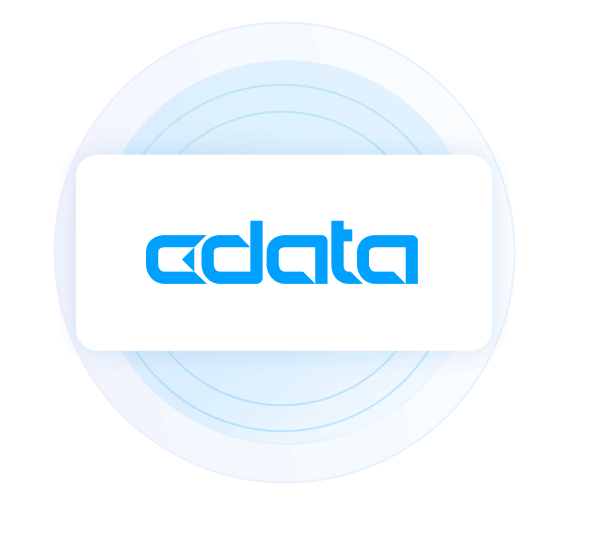Discover how a bimodal integration strategy can address the major data management challenges facing your organization today.
Get the Report →Pipe Kintone Data to CSV in PowerShell
Use standard PowerShell cmdlets to access Kintone tables.
The CData Cmdlets Module for Kintone is a standard PowerShell module offering straightforward integration with Kintone. Below, you will find examples of using our Kintone Cmdlets with native PowerShell cmdlets.
Creating a Connection to Your Kintone Data
In addition to the authentication values, set the following parameters to connect to and retrieve data from Kintone:
- Url: The URL of your account.
- GuestSpaceId: Optional. Set this when using a guest space.
Authenticating with Kintone
Kintone supports the following authentication methods.
Using Password Authentication
You must set the following to authenticate:
- User: The username of your account.
- Password: The password of your account.
Using Basic Authentication
If the basic authentication security feature is set on the domain, supply the additional login credentials with BasicAuthUser and BasicAuthPassword. Basic authentication requires these credentials in addition to User and Password.
Using Client SSL
Instead of basic authentication, you can specify a client certificate to authenticate. Set SSLClientCert, SSLClientCertType, SSLClientCertSubject, and SSLClientCertPassword. Additionally, set User and Password to your login credentials.
$conn = Connect-Kintone -User "$User" -Password "$Password" -Url "$Url" -GuestSpaceId "$GuestSpaceId"
Selecting Data
Follow the steps below to retrieve data from the Comments table and pipe the result into to a CSV file:
Select-Kintone -Connection $conn -Table Comments | Select -Property * -ExcludeProperty Connection,Table,Columns | Export-Csv -Path c:\myCommentsData.csv -NoTypeInformation
You will notice that we piped the results from Select-Kintone into a Select-Object cmdlet and excluded some properties before piping them into an Export-Csv cmdlet. We do this because the CData Cmdlets append Connection, Table, and Columns information onto each "row" in the result set, and we do not necessarily want that information in our CSV file.
The Connection, Table, and Columns are appended to the results in order to facilitate piping results from one of the CData Cmdlets directly into another one.Deleting Data
The following line deletes any records that match the criteria:
Select-Kintone -Connection $conn -Table Comments -Where "AppId = 1354841" | Remove-Kintone
Inserting and Updating Data
The cmdlets make data transformation easy as well as data cleansing. The following example loads data from a CSV file into Kintone, checking first whether a record already exists and needs to be updated instead of inserted.
Import-Csv -Path C:\MyCommentsUpdates.csv | %{
$record = Select-Kintone -Connection $Kintone -Table Comments -Where ("Id = `'"+$_.Id+"`'")
if($record){
Update-Kintone -Connection $kintone -Table Comments -Columns ("CreatorName","Text") -Values ($_.CreatorName, $_.Text) -Where ("Id = `'"+$_.Id+"`'")
}else{
Add-Kintone -Connection $kintone -Table Comments -Columns ("CreatorName","Text") -Values ($_.CreatorName, $_.Text)
}
}
As always, our goal is to simplify the way you connect to data. With cmdlets users can install a data module, set the connection properties, and start building. Download Cmdlets and start working with your data in PowerShell today!






